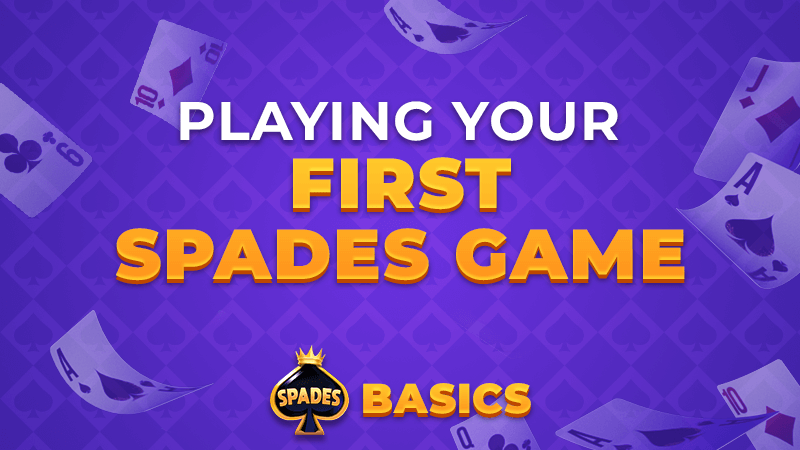Playing Your First Spades Game

In this article, we’ll walk you through exactly what happens in a typical Spades game, explain common terms, and offer tips so your first game goes smoothly.
1. Objective of the Game
Spades is typically played by four players in teams of two. Teammates sit across from each other. The goal is for your team to win at least the number of tricks (or “books”) you bid at the start of each hand. Points are awarded for successful bids and deducted for falling short – or for accumulating too many extra tricks (called bags or sandbags).
2. The Setup
Here’s what you’ll see at the beginning of the game:
- A standard 52-card deck is used.
- Each player is dealt 13 cards.
- Players organize their hands, often sorting by suit for easier play.
Once cards are dealt, it’s time to bid.
3. The Bidding Phase
Bidding is where players estimate how many tricks they think they can win based on the strength of their hand.
- Bidding starts with the player to the dealer’s left and proceeds clockwise.
- Each player announces a number between 0 (Nil) and 13.
- The bids of both teammates are combined, and their team must try to win exactly that number of tricks.
Important rule: You must bid based on your hand before any cards are played. Spades are always the trump suit, meaning they beat any card from another suit, but they can’t be played until they’ve been “broken” (more on this below).
4. The Play Phase
After all players bid, the play begins. Here’s what you can expect:
1. The first lead comes from the player to the left of the dealer. They may lead with any suit except Spades.
2. Play proceeds clockwise, and players must follow the suit that was led if they can. If they don’t have a card in that suit, they may play a card from another suit – including a Spade.
3. Spades are trump. That means if someone plays a Spade on a trick where another suit was led, the Spade wins (unless another player plays a higher Spade).
4. The highest card in the suit led – or the highest Spade if one was played – wins the trick.
The winner of the trick leads the next one.
5. Breaking Spades
Spades can’t be led until one has been played to “break” them. This typically happens when a player doesn’t have the suit that was led and decides to play a Spade instead. Once that happens, any player may lead with a Spade on future turns.
6. What Happens When You Bid Nil?
If you bid Nil, you’re declaring that you’ll win zero tricks. If you succeed, you typically earn 100 bonus points. If you win even one trick, you lose 100 points instead.
It’s a high-risk, high-reward move – especially in your first few games. Be cautious until you’re more confident in reading your hand.
7. Scoring Basics
- Successful bid: 10 points per trick bid.
- Extra tricks (bags): 1 point each, but 10 bags result in a -100 penalty.
- Failed bid: -10 points per trick bid.
- Nil success: +100 points.
- Nil failure: -100 points.
Games are usually played to 500 points, but shorter or longer games are possible.
8. First-Game Tips
Focus on following suit: One of the most common beginner mistakes is playing the wrong suit. If you have the suit that was led, you must play it.
Use Spades carefully: Don’t rush to break Spades. Save them to win critical tricks.
Communicate through play: You can’t talk strategy, but your plays can signal strength or weakness to your partner.
Avoid bags when possible: Winning more tricks than you bid may seem good, but those extra bags can hurt in the long run.
Watch what others play: Learn to track which suits are running out and when Spades are likely to show up.
Spades is one of the most dynamic and rewarding card games out there. With just a few games under your belt, you’ll go from nervous beginner to confident player in no time.
Want to keep learning?
Check out more beginner tips and strategies in our Spades Basics section at the Spades Academy.

